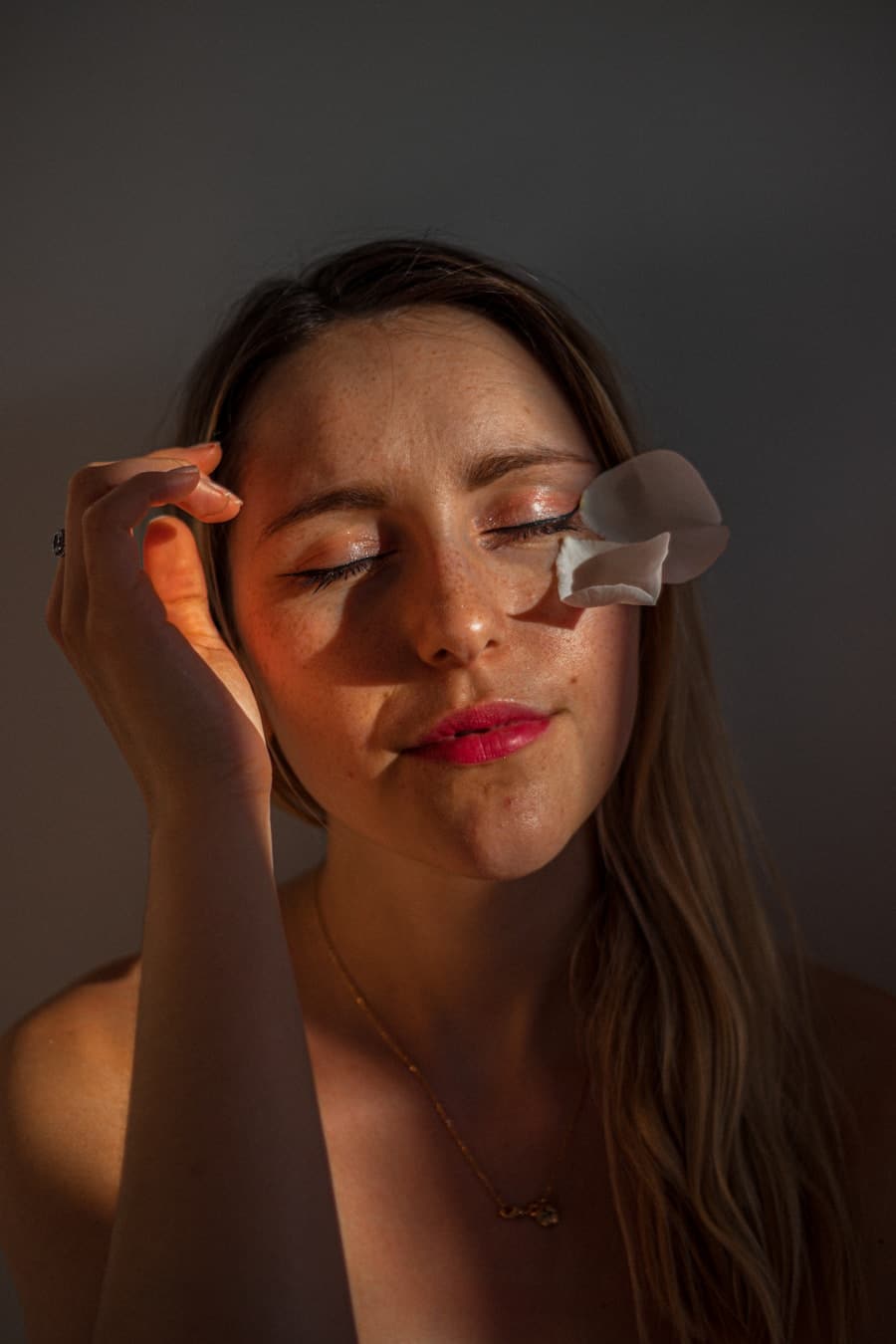Digital olfaction, a burgeoning field at the intersection of technology and sensory science, seeks to replicate and simulate the human sense of smell through digital means. This innovative approach leverages advanced sensors, artificial intelligence, and data analytics to create systems capable of detecting, identifying, and even reproducing odors. The concept of digital olfaction is not merely a theoretical exercise; it has practical implications that could revolutionize various sectors, from food and beverage to healthcare and environmental monitoring.
As our understanding of olfactory science deepens, the potential for creating machines that can “smell” opens up new avenues for research and application. The human sense of smell is complex and nuanced, involving intricate biochemical processes that allow us to perceive a vast array of scents.
These devices are designed to function similarly to biological olfactory receptors, translating chemical signals into digital data that can be processed and interpreted. As researchers continue to refine these technologies, the possibilities for their application become increasingly expansive, promising to enhance our interaction with the world around us.
Key Takeaways
- Digital olfaction is the technology that enables the simulation and replication of smells using electronic devices.
- Current applications of digital olfaction include quality control in food and beverage industries, environmental monitoring, and healthcare diagnostics.
- Advancements in digital olfaction technology include the development of electronic nose devices and the use of machine learning algorithms for smell recognition.
- Challenges and limitations of virtual smell simulation include the complexity of replicating the human sense of smell and the lack of standardized smell databases.
- Potential impact of digital olfaction on various industries includes enhancing product development, improving healthcare diagnostics, and creating new sensory experiences in virtual reality.
Current Applications of Digital Olfaction
Digital olfaction has already found its way into several industries, showcasing its versatility and potential for innovation. One prominent application is in the food and beverage sector, where e-noses are employed to assess the quality and freshness of products. For instance, companies are using these devices to detect spoilage in perishable goods by analyzing the specific VOCs released by decomposing food.
This technology not only helps in maintaining quality control but also reduces food waste by ensuring that only fresh products reach consumers. In the realm of healthcare, digital olfaction is being explored for its diagnostic capabilities. Research has shown that certain diseases can produce distinct odors due to metabolic changes in the body.
For example, diabetic ketoacidosis can emit a fruity scent, while infections may produce foul-smelling compounds. By utilizing e-noses in clinical settings, healthcare professionals can potentially identify these odors and diagnose conditions more rapidly and accurately. This application not only enhances patient care but also streamlines the diagnostic process, allowing for quicker interventions.
Advancements in Digital Olfaction Technology

The field of digital olfaction is witnessing rapid advancements driven by innovations in sensor technology and machine learning algorithms. Modern e-noses are becoming increasingly sophisticated, incorporating a variety of sensing materials such as metal oxide semiconductors, conducting polymers, and nanomaterials. These materials enhance the sensitivity and specificity of odor detection, enabling devices to discern between closely related scents with greater accuracy.
For instance, researchers have developed e-noses that can differentiate between various types of wine based on their aromatic profiles, providing winemakers with valuable insights into their products. Machine learning plays a crucial role in advancing digital olfaction technology by enabling systems to learn from data and improve their performance over time. Algorithms can be trained on vast datasets of odor profiles, allowing e-noses to recognize patterns and make predictions about unknown scents.
This capability is particularly beneficial in applications such as environmental monitoring, where e-noses can be deployed to detect pollutants or hazardous substances in the air. By continuously learning from new data, these systems can adapt to changing conditions and provide real-time insights into air quality.
Challenges and Limitations of Virtual Smell Simulation
Despite the promising advancements in digital olfaction technology, several challenges and limitations remain that hinder its widespread adoption. One significant hurdle is the complexity of odor perception itself. The human olfactory system is capable of detecting an estimated one trillion different scents, a feat that current digital olfaction technologies struggle to replicate fully.
The intricate interplay between various odor molecules complicates the development of e-noses that can accurately mimic human olfactory capabilities. Another challenge lies in the standardization of odor measurement and analysis. The subjective nature of smell makes it difficult to establish universal metrics for odor intensity and quality.
Different individuals may perceive the same scent differently based on personal experiences or genetic factors. This variability poses a significant obstacle for researchers and developers aiming to create reliable digital olfaction systems that can be universally applied across different contexts.
Potential Impact of Digital Olfaction on Various Industries
The potential impact of digital olfaction extends far beyond food safety and healthcare; it has implications for numerous industries including fragrance development, agriculture, and even entertainment. In the fragrance industry, digital olfaction can streamline the process of scent creation by allowing perfumers to analyze existing fragrances and identify desirable characteristics more efficiently. By utilizing e-noses to assess consumer preferences based on scent profiles, companies can tailor their products to meet market demands more effectively.
In agriculture, digital olfaction can play a pivotal role in pest management and crop monitoring. E-noses can be deployed in fields to detect specific odors associated with pest infestations or plant diseases, enabling farmers to take proactive measures before significant damage occurs.
Ethical and Privacy Considerations in Digital Olfaction

Surveillance and Privacy Concerns
The ability to monitor and analyze scents in public spaces could lead to invasions of privacy or even discriminatory practices if not regulated appropriately.
Responsible Use and Data Security
Ensuring that digital olfaction technologies are used responsibly will require clear guidelines and ethical frameworks. Additionally, there are concerns regarding data security and ownership when it comes to the information collected by e-noses.
Safeguarding Individuals’ Rights
Establishing robust data protection measures will be essential to safeguard individuals’ rights while still allowing for the advancement of digital olfaction technologies.
Future Trends and Predictions for Digital Olfaction
Looking ahead, several trends are likely to shape the future of digital olfaction as technology continues to evolve. One significant trend is the integration of digital olfaction with other sensory technologies such as virtual reality (VR) and augmented reality (AR). By combining visual stimuli with olfactory experiences, creators can develop immersive environments that engage multiple senses simultaneously.
This could revolutionize industries such as gaming, tourism, and education by providing users with richer experiences. Another trend is the increasing focus on personalized scent experiences driven by artificial intelligence. As machine learning algorithms become more sophisticated, they will enable e-noses to tailor scent recommendations based on individual preferences or even emotional states.
This personalization could find applications in wellness industries, where specific scents are used for relaxation or mood enhancement.
The Promise of Virtual Smell Simulation
Digital olfaction represents a frontier in sensory technology with vast potential across various sectors. As advancements continue to unfold, the ability to replicate and simulate human smell could transform industries ranging from healthcare to entertainment. While challenges remain in achieving full parity with human olfactory capabilities and addressing ethical concerns, the promise of virtual smell simulation is undeniable.
As researchers push the boundaries of what is possible with digital olfaction, we stand on the brink of a new era where machines not only see and hear but also smell—opening up a world rich with possibilities for innovation and discovery.
In a related article discussing the latest trends in technology, Enicomp explores what trends are predicted for 2023. This article provides insights into the future of digital innovation and how it will impact various industries. To learn more about the exciting developments on the horizon, visit Enicomp.
FAQs
What is digital olfaction?
Digital olfaction is the technology that enables the simulation and replication of smells using electronic devices. It involves the use of sensors and algorithms to detect and recreate different scents.
How does digital olfaction work for virtual smell simulation?
Digital olfaction works for virtual smell simulation by using sensors to detect and analyze the chemical compounds present in a smell. These compounds are then translated into digital data that can be used to recreate the smell using electronic devices such as smartphones or VR headsets.
What are the potential applications of digital olfaction for virtual smell simulation?
The potential applications of digital olfaction for virtual smell simulation are vast and include areas such as entertainment, healthcare, marketing, and environmental monitoring. This technology could be used to enhance virtual reality experiences, create personalized healthcare solutions, develop scent-based marketing strategies, and detect environmental hazards.
What are the current challenges in the development of digital olfaction for virtual smell simulation?
Some of the current challenges in the development of digital olfaction for virtual smell simulation include the need for more advanced sensors to accurately detect and analyze a wide range of smells, the development of compact and affordable devices for widespread adoption, and the creation of standardized digital scent formats for compatibility across different platforms.
What are the potential benefits of digital olfaction for virtual smell simulation?
The potential benefits of digital olfaction for virtual smell simulation include the ability to enhance virtual experiences with a sense of smell, create new opportunities for healthcare and wellness applications, improve product testing and development processes, and provide new ways to interact with digital content.

